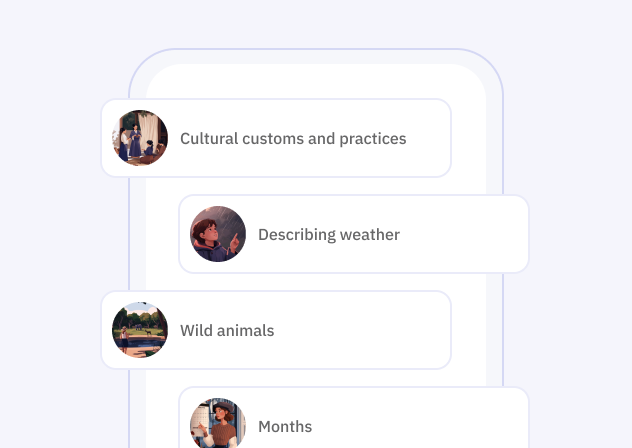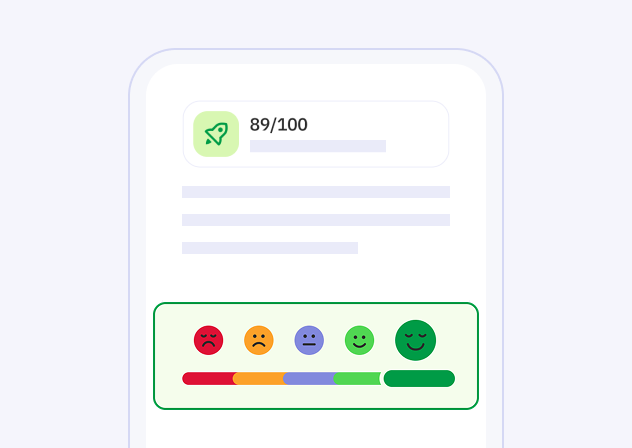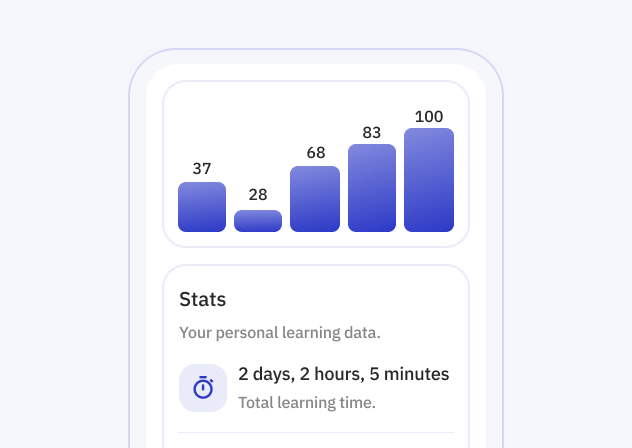What Are The Most Spoken Languages In The U.S.?
Understanding the languages spoken throughout the United States provides great insight into the uniquely diverse cultural landscape of the nation. The United States, renowned for its diversity and multiculturalism, boasts numerous languages that reflect its rich historical background and ongoing immigration. This blog aims to identify, discuss, and rank the most widely spoken languages in the U.S, giving insight into each language's cultural significance.

The most efficient way to learn a language
Try Talkpal for freeMost Spoken Languages in the United States
1. English
Unsurprisingly, English ranks first as the predominant language spoken across the United States.
- Native Speakers: Approximately 240 million
- Significance: Official language for communication, education, commerce, and governance
- Regions Spoken: Nationwide
English plays a pivotal role in U.S. sociopolitical life, media, technology, and education, symbolizing unity despite significant linguistic diversity.
2. Spanish
Spanish is the second most spoken language in the U.S., demonstrating the significant cultural impact of immigration from Latin America and the proximity to Spanish-speaking countries.
- Native Speakers: Approximately 41 million
- Primary demographics: Hispanic and Latino communities throughout the country are the primary speakers.
- Regions Spoken: Most prominently spoken in California, Texas, Florida, Arizona, New Mexico, and New York
Spanish influence in U.S. culture, media, and cuisine is profound, significantly contributing to the country’s multicultural fabric.
3. Chinese (Mandarin & Cantonese)
Chinese (Mandarin and Cantonese dialects) is the third most common language spoken, reflecting the sustained immigration patterns from China and other countries with Chinese-speaking communities.
- Native Speakers: Approximately 3.4 million
- Notable demographics: Chinese-American communities within many metropolitan areas
- Regions Spoken: Particularly significant populations across California, New York, Texas, and Washington
Chinese languages play a major economic and social role in facilitating trade, tourism, and intercultural exchanges, demonstrating its importance within the U.S.
4. Tagalog (Filipino)
Tagalog (usually Filipino) is rapidly emerging as a widely spoken language due to growing Filipino-American communities.
- Native Speakers: Approximately 1.7 million
- Primary demographics: Filipino immigrant communities, largely situated in urban areas
- Regions spoken: Prominent populations in California, Hawaii, Nevada, and New York
This language keeps alive the vibrant culture and traditions of Filipino heritage in the United States.
5. Vietnamese
Vietnamese occupies a significant place in U.S linguistic diversity due to decades of Vietnamese migration and settlement, particularly after the Vietnam war.
- Native speakers: Approximately 1.5 million
- Primary demographics: Vietnamese-American communities, especially immigrants and their descendants
- Regions Spoken: Predominantly in California, Texas, and various metro areas like Washington, D.C.
The robust Vietnamese community in the U.S contributes substantially to American cuisine, business, culture, and education.
6. Arabic
Arabic’s presence in the U.S. highlights an increasingly diverse population from various Middle Eastern and North African countries.
- Native speakers: Approximately 1.2 million
- Primary demographics: Middle Eastern and North African descent communities
- Regions Spoken: Particularly high in Michigan, California, New York, and Texas
Arabic enhances cultural interaction and economic cooperation between the U.S. and the Arabic-speaking world, influencing various fields such as media, healthcare, and international relations.
7. French and Haitian Creole
French and Haitian Creole, closely related but distinct languages, demonstrate the cultural diversity reflecting French colonial history and Haitian immigration.
- Native speakers: Approximately 1.2 million combined
- Primary demographics: French expatriates, Haitian communities, African immigrants
- Regions Spoken: Predominantly Louisiana, Florida (especially Miami), New York, and Massachusetts
These languages enrich U.S cultural heritage, prominently influencing linguistic diversity, cuisine, dance, and music.
8. Korean
Korean has steadily grown as an influential language owing to continuous immigration, especially in larger urban centers.
- Native Speakers: Approximately 1.1 million
- Primary demographics: Korean immigrant communities and second-generation Korean-Americans
- Regions Spoken: Large communities in California, New York, and other metropolitan regions
Korean-American communities enrich the U.S culturally while playing instrumental roles in entrepreneurship, trade, and diplomatic relations.
Conclusion
America is home to linguistic diversity that reflects its extraordinary range of cultures, traditions, and historical migration patterns. English, Spanish, Chinese, Tagalog, Vietnamese, Arabic, French (including Haitian Creole), and Korean represent some of the most prominent languages shaping America’s linguistically rich tapestry. Recognizing and celebrating this diversity continues to define American multiculturalism, promoting unity, respect, and cooperation among all communities and demographic groups.
The most efficient way to learn a language
Try Talkpal for freeFrequently Asked Questions
Is English the official language of the U.S.?
Why is Spanish widely spoken in the United States?
What factors influence the number of speakers of a specific language in the U.S.?
Which U.S states have the highest linguistic diversity?
The talkpal difference

Immersive conversations
Each individual learns in a unique way. With Talkpal technology, we have the ability to examine how millions of people learn simultaneously and design the most efficient educational platforms, which can be customized for each student.

Real-time feedback
Receive immediate, personalized feedback and suggestions to accelerate your language mastery.

Personalization
Learn via methods tailored to your unique style and pace, ensuring a personalized and effective journey to fluency.







